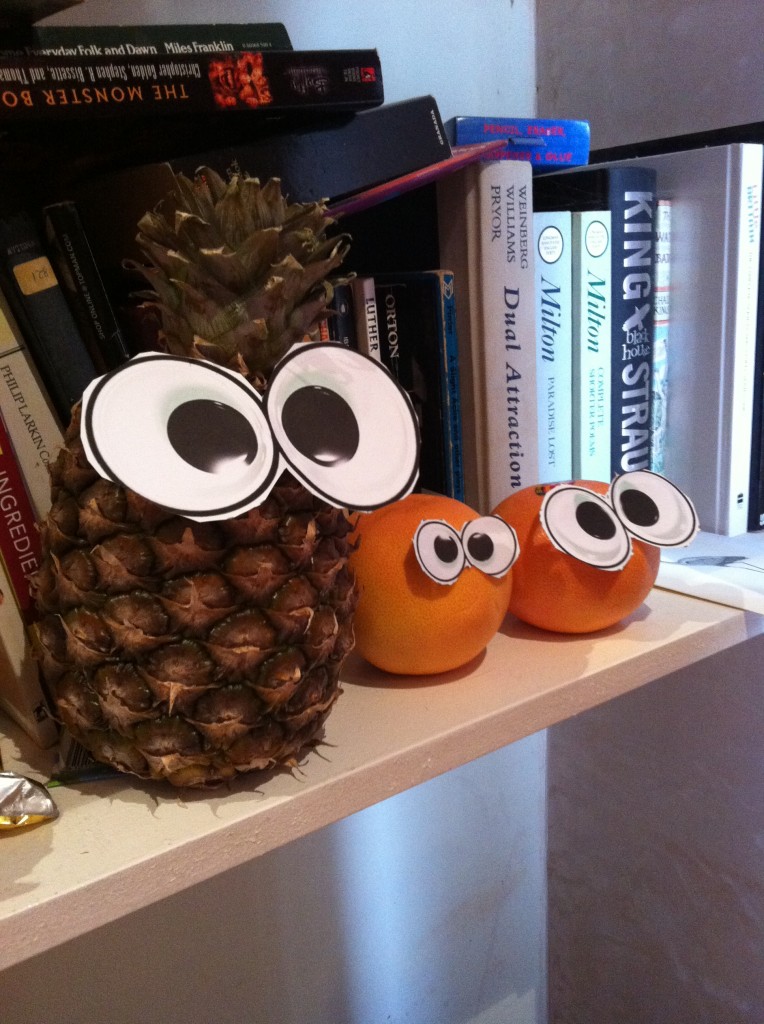Twitter is an incredibly flexible medium: diary, conversation, promotional tool, link collection, repository of tiny fiction, joke factory, confessional. And sometimes, work of art. For example:
HYSTERICAL LAUNDRY!!
What is it?
Washing instructions delivered in the tone of a despairing apocalyptic scream.
Why is it?
BECAUSE IT IS!!!!! Also, because it just gets funnier with every tweet. At least if you’re a fan of being told how to wash laundry in excitable capslock, which it turns out I am.
Sample tweets:
‘PROFESSIONAL DRY CLEAN ONLY!!!! AMATEUR DRY CLEANING IS NOT AN APPROPRIATE HOBBY!!!!’
‘RESHAPE WHILST DAMP! NO NOT WHILST WET!!!!! WHILST DAMP!!!!!! ARE YOU TRYING TO KILL US ALL?!!?!’
see also: nothing else is really like hysterical laundry, but some good all-caps accounts include Feminist Hulk, Drunk Hulk and Film Critic Hulk.
Friends season 11
What is it?
Tweet-length pitches for a new season of Friends.
Why is it?
Because somewhere, I choose to believe that a small and imaginative film crew is actually producing these, possibly using Lego version of the actors. Or finger puppets. If nobody is doing this, I suggest they start now.
Sample tweets:
‘The One Where An Unlikely Number Of Limbs Burst From Rachel’s Torso Like Spring-Loaded Toy Snakes.’
‘The One Where Monica’s Birthday Is Ruined When The Clown Rachel Hired Performs A Impenetrable Beckettian Monologue About Decay And Memory.’
This is Iceland
What is it?
It is the tweet of the country Iceland. Not the government. The actual land.
Why is it?
Because Iceland wants to be your friend. And because this, in an ideal world, would be the start of a global trend which resulted in every country in the world having its own Twitter account.
Sample tweets:
‘Many humans are talking about same-sex marriage. It is not only legal on me, but my people’s prime minister is a woman, married to a woman.’
‘I am bigger and brighter and wider than snow.’
See also: We Are Ukraine
My Toaster
What is it?
It’s a toaster.
Why is it?
It toasts, therefore it is. Also it has 1,500 followers, which isn’t bad considering it mainly alternates between two tweets. Which are below.
Sample tweets:
‘Toasting’
‘Done Toasting’
see also: pothos, although that has more of an actual function.
Tweet of God
What is it?
It is the Word of God in sardonic 140-character form.
Why is it?
Because if the Tweet of God is anything to go by, God has some things to get off his or her chest. And has picked up a few modern idioms since the Bible. Also, apparently the only human he likes is Justin Bieber.
Sample tweets:
‘Next time you feel guilty about the kind of world you’re leaving behind for your children, remember how whiny they get in the car.’
‘If for budgetary reasons I had to eliminate one of the three dimensions of space, which one would you miss the least? Just, uh, asking.’
Feral Pigeon
What is it?
It’s the life of a Trafalgar Square pigeon. I don’t know which one. Maybe that grey one over there, in the corner, with the tiny laptop.
Why is it?
Presumably even pigeons need creative expression.
Sample tweets:
‘flap flap’
‘coo coo coo’
‘shifty look’
The Scream
What is it?
It’s the painting The Scream in word form.
Why is it?
Because it has a mouth and it must scream?
Sample tweets:
‘AAaaaaaahhhhh!!! #moveslikejagger’
‘Aaaaaaaahhhhh!!!! #ImNotCrying #IToldYouImNotCrying’
Hirst Skull
What is it?
It’s Damien Hirst’s skull. Not his actual skull, though that would be interesting too. The shiny art one.
Why is it?
Possibly to keep Hirst Shark company.
Sample tweets:
‘I’m eyeless’
‘I’m noseless’
‘I shine’
Hipster Dalek
What is it?
I don’t want to alarm anyone, but Twitter is overrun by Daleks. Republican, Communist, unemployed. poetic, flamboyant, happy, lethargic – every flavour is represented. (Including, for all I know, actual flvours. Raspberry ripple Dalek, anyone?) The one thing they have in common is that they all want to exterminate you. Yes, you specifically. Hipster Dalek is a bit more laid back about it than most, though.
Why is it?
Because Daleks are people too. Well, no, they’re not, but they still get to listen to indie bands.
Sample tweets:
‘THE SPELLING OF “DALEK” IS TOO MAINSTREAM. FROM NOW IT SHALL BE SPELLED “D’AL#Q”. OBEY!’
‘I ADMIRE THE FIFTH DOCTOR’S IRONIC USE OF A VEGETABLE AS A FASHION ACCESSORY, BUT I WISH HE HAD OBTAINED IT FROM A LOCAL ORGANIC CO-OP!’
Not Tilda swinton
What is it?
It is a thing of beauty, a joy forever, and (I assume) nothing to do with the actual Tilda Swinton. It’s also the newest big thing on Twitter: when I started following her a couple of days ago she had about 400 followers, now it’s over 15,000.
Why is it?
I think she may mean to kill us all. But we won’t mind because she will do it so beautifully.
Sample tweets:
‘I spent a year riding a grizzly bear piggy-back, my legs tied into his fur. He was my brawn, and I was his brain. We were called Prita.’
‘Ask your neighbor over today. Cover your basement floor with salt and pebbles; braid each other’s hair while weeping. This is connection.’
‘I once dove to the deepest part of the sea, only to tell the ugliest fish they were beautiful to me. They told me they needed no pity.’






